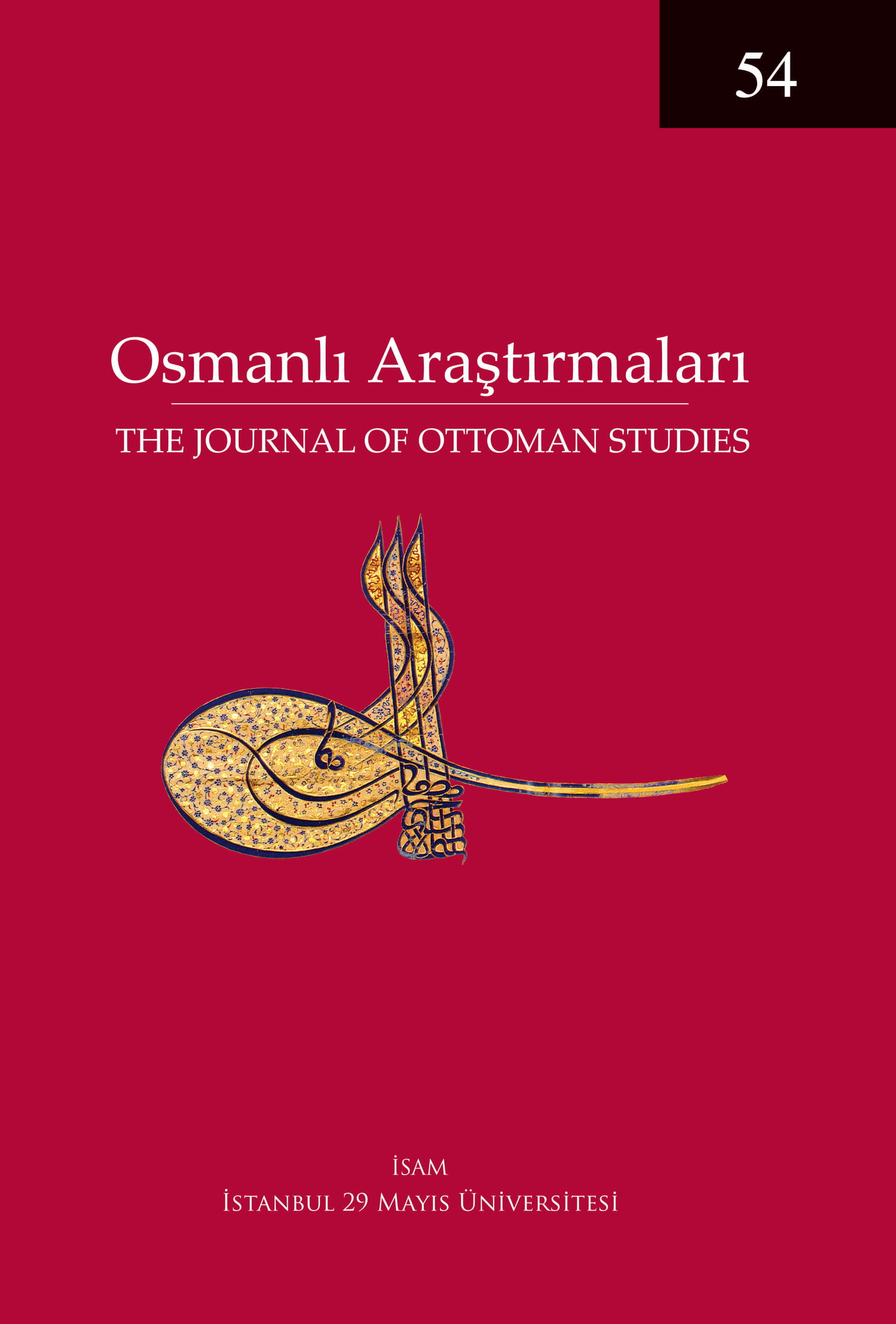Habsburg–Ottoman Communication in the Mid-17th Century –The Death of Imperial Courier Johann Dietz. A Case Yüzyılın Ortasında Osmanlı-Habsburg Muhaberatları: İmparatorluk Ulağı Johann Dietz’in Vefatı ve Doğurduğu Sonuçlar
Keywords:
Habsburg Empire, Ottoman Empire, Buda, frontier diplomacy, Couriers, Espionage, Excursions, flow of information, media historyAbstract
After the peace of Zsitvatorok (1606) the oriental diplomacy of the Habsburg Monarchy was controlled by the Aulic War Council (Hofkriegsrat). As the couriers played an indispensable role as transmitters of vital information in that period, the Vienna Pact (1615) ordered the protection of the couriers to be extended to the official couriers on both sides. Despite this agreement, the couriers had to face numerous incidences during their journeys.
The case of Johannes Dietz was an example of such incidents. Dietz had been sent to deliver documents to Constantinople, when in November 1651 he was attacked by Hungarian Haiduks who shot him in his arm, and subsequently Dietz died of his wounds. However, he committed to paper what happened to him exactly. Moreover, there are other sources which also confirm this incident, for instance, the letter of the secret correspondent (his cover-name was Hans Caspar) in Buda which includes pieces of information about the death of the courier. Regarding the flow of information, it is quite interesting that while the Habsburg resident ambassador (Simon Reniger) was informed about Dietz’s case in an unofficial way by the Ottoman courier, it was also issued in the newspapers of the Holy Roman Empire.
Forwarding the letters, which contained incriminating information and complaints about the raids had been ordered by the Pasha, was not in the interest of him (Murat pasha) at all. As a result, another courier was needed. He was also hindered by the Pasha for a short while before his arrival at Constantinople on 18 January 1652. So that the letters could be delivered to Constantinople, the palatine (Pál Pálffy) had to direct them through the Principality of Transylvania. This manoeuvre proved to be successful as the letters reached Constantinople on 21 January 1652. Consequently, the study was to illustrate the case of the complexity and the weak points of the Habsburg–Ottoman diplomacy, especially the role of the Pasha of Buda. This case also reflected on the fact that the loss of a courier caused considerable inter- ruptions in the flow of information between the Habsburg and the Ottoman Empires.




